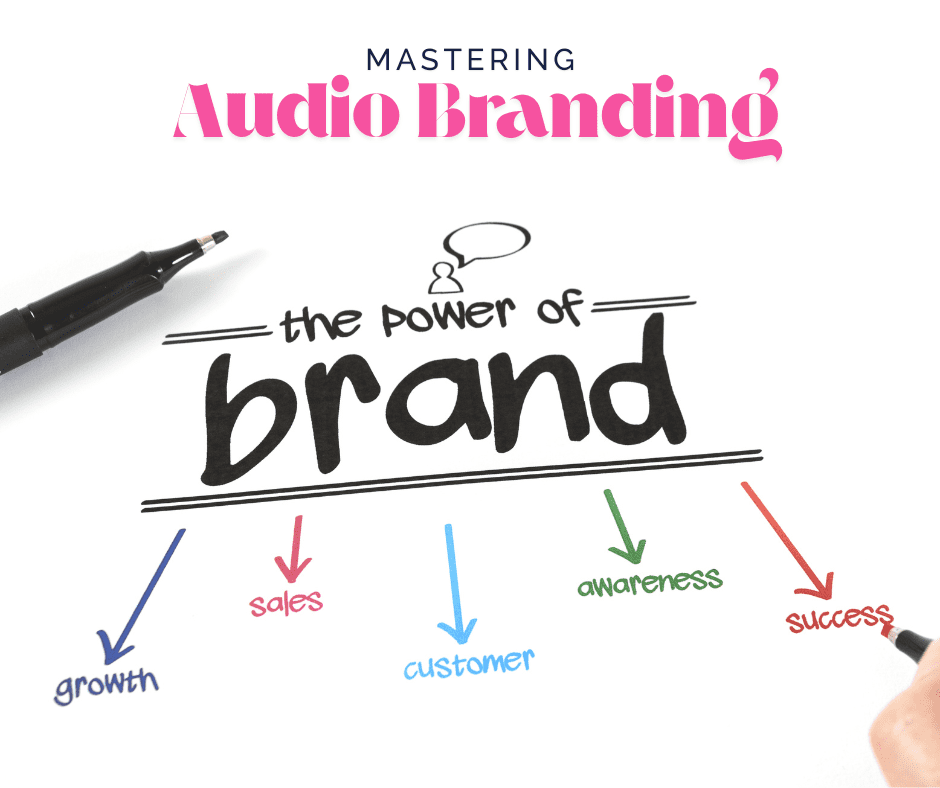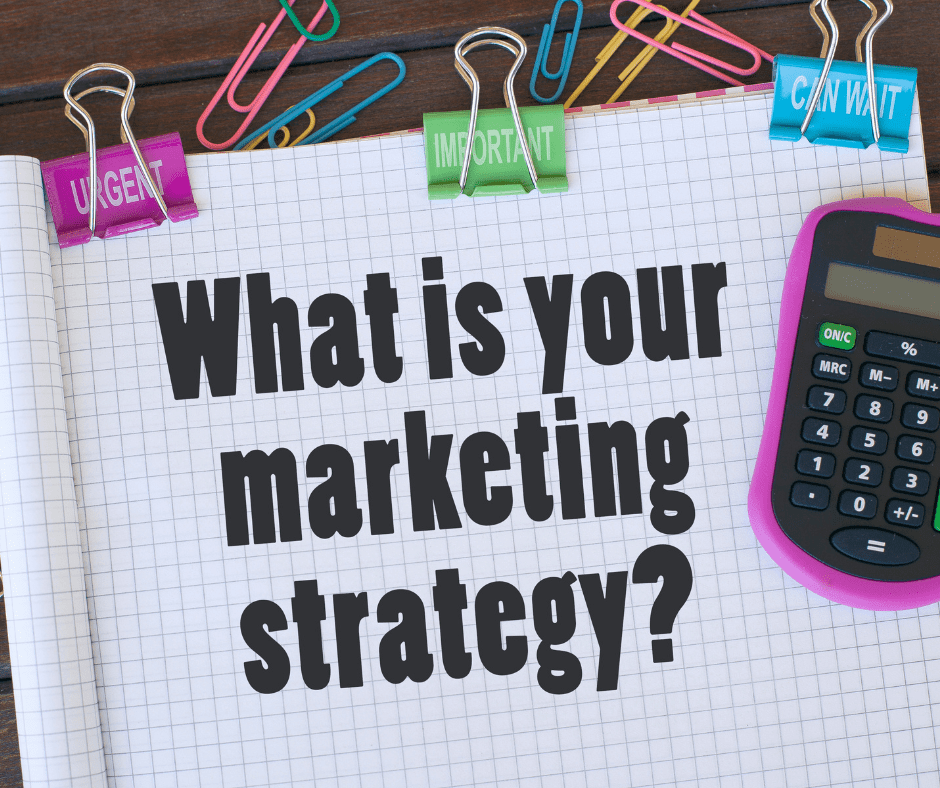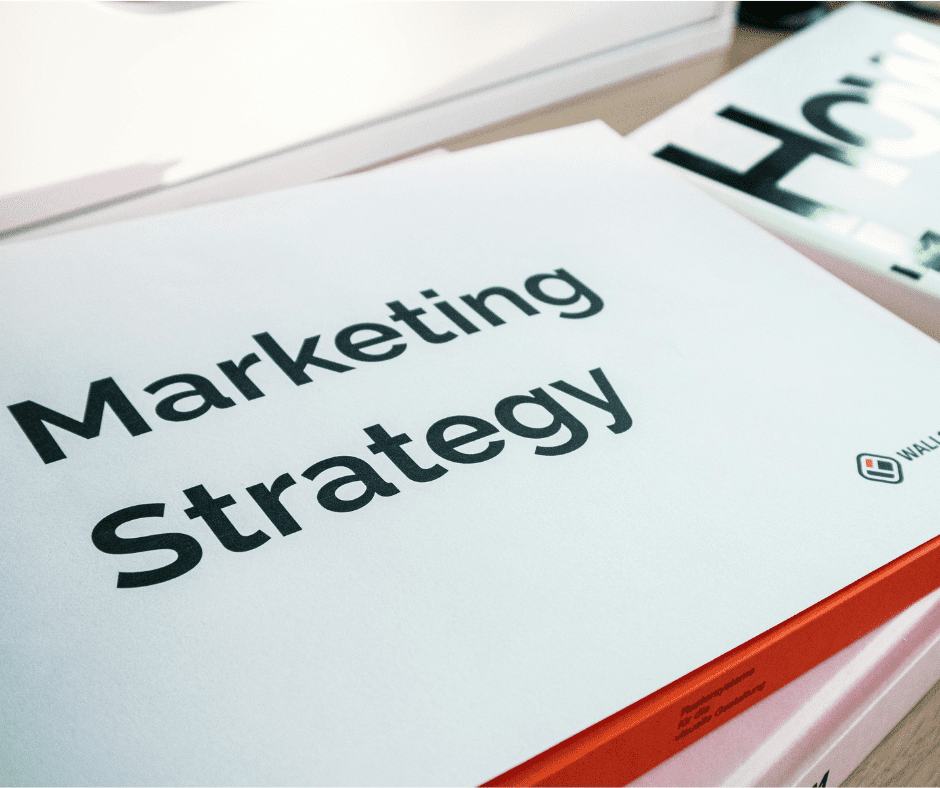Last Updated on July 9, 2025 by Val Razo
In a digital world saturated with noise, using trending audio to represent your brand can be both powerful and risky. When done right, it amplifies your brand voice, aligns with your visual identity, and reinforces your audio branding across every channel. But when done wrong, it can dilute your message or make your brand feel like just another copycat.
With platforms like TikTok and Instagram Reels dominating consumer attention, knowing how to leverage sonic branding without sounding generic is more crucial than ever. Today’s audiences expect brand sound to feel intentional, not opportunistic. That’s where understanding your sound identity and maintaining consistency across all touchpoints becomes essential.
This guide breaks down how to strategically use trending audio in a way that elevates your brand and fits seamlessly into your marketing strategies, while measuring the true impact of sound on engagement and perception.
Understanding Brand Voice in the Age of Audio and Visual Media
What Defines a Strong Brand Voice?
Your brand voice is more than just the words you choose — it’s the personality and tone that shape how audiences perceive you. In a world increasingly dominated by short-form video and sound bites, the voice of your brand now extends to its sonic elements as well. A strong brand voice is authentic, consistent, and aligned with your values, regardless of the platform or format.
As consumers scroll through endless content, what sets your brand apart is how well your audio branding supports your identity. Voiceovers, background music, and even the choice of tone in user-generated sound must all reinforce your brand’s persona. Think of it as your brand’s musical fingerprint — if it doesn’t sound like you, it won’t stick.
How Visual and Sonic Branding Work Together
The best content isn’t just visually engaging — it sounds right, too. Pairing your visual identity with intentional sonic branding creates a multi-sensory experience that’s far more memorable. When users hear a sound or style repeatedly associated with your brand — and that sound feels synced with your colors, fonts, and message — you’ve hit the sweet spot.
This kind of sensory alignment makes your content instantly recognizable. Whether you’re publishing on Instagram Reels or experimenting with new formats on TikTok, make sure your brand sound and visuals speak the same language. For example, a high-end skincare brand might pair soft lighting and muted visuals with minimalistic, ambient music — reinforcing a sense of calm and luxury through both visual and audio branding.
In short, a strong brand voice in today’s media landscape means thinking beyond words. It’s about how your use of sound complements your look, tone, and purpose across every platform.
Mastercard partnered with sonic branding agency amp to create a global sonic branding system. This included a sonic logo, point-of-sale sounds, and consistent music across over 200 touchpoints. The result? A measurable uplift in brand recognition and emotional resonance — especially in mobile payments and international markets.
The Role of Sonic and Audio Branding Across Touchpoints
Sound Identity and the Use of Sound in Marketing
As content channels evolve, so do the ways in which your brand communicates. One of the most overlooked but powerful tools is your sound identity — the distinct audio signature that makes your brand instantly recognizable without visuals. Just as a logo represents your visual identity, your brand sound acts as a shorthand for who you are.
Establishing a cohesive sound identity starts with understanding the use of sound across formats. From the tone of a voiceover in a commercial to the music bed in an Instagram Reels clip, every note plays a role in reinforcing your brand voice. A jarring or off-brand sound can undercut your message, while consistent audio choices strengthen trust and memorability.
Effective audio branding doesn’t just mean picking a catchy tune — it means developing a library of sounds, tones, and voice types that resonate with your target audience. These audio elements should reflect your personality and values, helping to create emotional connections that extend beyond visuals or copy.
Making Your Brand Memorable Through Audio Branding
Think of some of the most iconic brands in the world — chances are you can hear them in your head. Whether it’s a startup’s bold intro sting on YouTube or a soothing voice that guides users through an app interface, strong sonic branding embeds your brand in memory through repetition and relevance.
But how do you do that without sounding like everyone else? Start by analyzing your audience’s listening habits. What audio styles do they engage with on TikTok or Instagram Reels? Then, craft your brand sound to either align with or strategically contrast that style while maintaining authenticity.
Apply these audio elements consistently across touchpoints — from ads and reels to support calls and website animations. The more cohesive your audio experience, the more your brand sticks in the minds (and ears) of your audience.
70% of Gen Z say music is a key factor in how they perceive a brand on TikTok and Instagram.
Using Trending Audio on TikTok and Instagram Reels Without Losing Your Brand Voice
How to Refine Your Brand Sound for Reels and TikToks
Jumping on a TikTok or Instagram Reels trend can boost reach — but if the audio doesn’t match your brand voice, it can create confusion or even repel your audience. The key to success is refinement. Before using any trending audio, ask: Does this sound like us?
Start by filtering trending tracks through your existing sound identity. Even small tweaks — like slowing the pace, adding a branded intro, or layering your own voiceover — can help you retain consistency while still participating in viral formats. Think of it as customizing a template instead of copying and pasting a trend.
When refining your brand sound, consider your tone: Are you playful, sophisticated, irreverent, or calming? Align those attributes with the style of the audio. If your brand is minimalist, a busy, chaotic meme song probably doesn’t fit — but an ambient remix might.
We worked with a local clothing brand to build a short branded jingle for their TikTok videos. Within three weeks, followers started using the sound in their own content — organically spreading the brand’s voice in a way we never saw with visuals alone.
Do’s and Don’ts of Using Popular Audio
Using trending audio effectively means striking a balance between cultural relevance and authenticity. Here are some quick do’s and don’ts:
✅ Do:
-
Select tracks that reflect your brand voice
-
Use short-form content to test different audio directions
-
Add original voiceovers to tie in your message
-
Match audio energy with your visual identity
🚫 Don’t:
-
Jump on every trend just because it’s popular
-
Use audio that contradicts your brand values
-
Overuse memes that make your content feel dated
-
Neglect sound mixing — poor quality will damage your audio branding
Ultimately, the goal is to use trending audio as a tool — not a trap. Your brand should never disappear behind the sound. When done well, even the most viral track can be reshaped into something distinctly yours, enhancing your marketing strategies instead of diluting them.
When I first experimented with trending audio on Instagram Reels for a client in the wellness space, we saw better engagement — but the brand’s identity got muddled. Once we swapped the viral sound for a lo-fi remix more aligned with their calming tone, comments tripled and the audience started recognizing the ‘feel’ of the brand again.
Visual Consistency and Sound Cohesion in Content Strategy
Matching Visuals to Audio Cues
Successful content doesn’t rely on audio or visual alone — it’s the synchronization of both that captivates users. Whether you’re editing a Reel or designing a TikTok campaign, matching visual transitions, movement, and tone with your brand sound creates an immersive experience that reinforces your identity.
For example, if your brand uses clean, minimal visuals with a cool-toned color palette, pairing them with high-energy music might send a mixed signal. Instead, your content should reflect cohesion between your visual branding and audio branding, maintaining emotional and stylistic alignment.
Transitions, pacing, and animations should be timed to the rhythm of your chosen sound. Even subtitles and on-screen text can be animated to match the beat, creating a polished, professional feel that elevates your overall brand voice.
Brand Cohesion Across All Digital Touchpoints
Cohesion isn’t just about one post — it’s about how your brand shows up across all touchpoints. From Instagram Reels and TikTok clips to YouTube Shorts and podcast intros, every instance of sound identity should feel like it came from the same source.
That means using consistent sound choices: similar voiceover talent, recurring intro stings, a familiar tone of music, and even signature sound effects. Your marketing strategies should include guidelines not just for typography and logo usage, but also for audio elements.
Don’t forget internal touchpoints, either — brand videos, email marketing, and even presentations can benefit from subtle, on-brand audio branding. The more integrated your use of sound is across platforms, the stronger and more unified your brand appears.
Marketing Strategies to Strengthen Audio Branding and Brand Impact
Measuring the Impact of Sound on Brand Perception
Sound is no longer just a background element — it’s a measurable branding asset. A strong sound identity can influence everything from emotional connection to brand recall. According to a 2023 report by DLMDD, brands with consistent audio branding experience a 46% increase in recognition and 24% stronger emotional engagement compared to those without a sonic strategy.
To gauge the impact of sound, track how users respond to different formats. Are your Instagram Reels or TikTok videos with branded audio receiving higher watch times or more shares? Are your audiences commenting on the music or voiceovers in your content? Use those insights to refine your brand voice and guide your future marketing strategies.
You can also A/B test variations of audio in paid ads to determine which tones or tempos perform best for your demographic. This type of experimentation helps you move from generic sound choices to intentional sonic branding decisions that drive performance.
Real-World Examples of Brands Using Audio Effectively
Several brands have already proven how powerful audio branding can be:
-
Mastercard developed a consistent brand sound used in over 36 countries, which includes checkout sounds, customer support tones, and ad music — all reinforcing their brand identity.
-
Netflix’s “ta-dum” audio cue is now globally recognized and instantly tied to quality entertainment, showing how one sound can carry massive brand equity.
-
A smaller-scale example is skincare brand Summer Fridays, which uses the same relaxing lo-fi background track and muted visual style across every Instagram Reel, creating a calming, premium feel that matches their aesthetic.
By creating and sticking to a defined use of sound strategy, these brands enhance not just recognition but also emotional trust.
The future of content is multi-sensory. To truly make your brand stand out, invest in a thoughtful, cohesive audio branding approach that works in harmony with your visual storytelling — one that speaks, sings, and sounds exactly like you.
46% of consumers say they are more likely to remember a brand with a unique sound identity.
Conclusion
As digital platforms continue to prioritize short-form video and immersive content, knowing how to use trending audio with your brand voice (without sounding generic) is more essential than ever. Your audience expects more than catchy clips — they expect consistency, personality, and authenticity. That’s where audio branding, sonic branding, and cohesive visual elements come into play.
By refining your brand sound, aligning audio with your visual identity, and staying true to your core brand voice, you can take advantage of the latest trends without losing your unique edge. Whether on TikTok, Instagram Reels, or across other touchpoints, your use of sound can either amplify your message or blur your identity.
So don’t just chase what’s trending. Make it yours. Make it memorable. And most importantly — make your brand sound like no one else.
Frequently Asked Questions
What’s the difference between a sonic logo and an audio logo?
A sonic logo and an audio logo are often used interchangeably, but there’s a subtle difference. A sonic logo is a brief, custom sound or music clip designed to represent a brand’s identity, often played at the beginning or end of a piece of content. An audio logo, while similar, might be broader and used in longer audio branding efforts like streaming services intros or product interactions. Both help build brand recognition through sound.
How does brand personality influence your use of sound?
Your brand personality should guide every aspect of your sound design, from music selection to voiceover tone. A playful brand might use upbeat, quirky tunes, while a luxury brand might choose slower, ambient sounds. This alignment ensures that your tone and style remain consistent across all platforms, reinforcing a consistent brand identity and making your brand voice more distinctive.
Can AI tools help create a consistent brand voice?
Yes, emerging AI tools are being used to analyze tone, generate scripts, and even create custom music aligned with your brand DNA. These tools can help brands maintain a consistent voice across different types of social media posts and platforms, making it easier to create content that feels cohesive and reflects your brand’s values.
What role does emotional branding play in sound strategy?
Emotional branding connects your audience to your brand’s voice on a deeper level. The right sound or music can evoke trust, nostalgia, energy, or even urgency. By tapping into the emotional spectrum, your custom sound strategy becomes more than just marketing — it builds trust and drives long-term engagement with your product or service.
Should my style guide include voice and sound guidelines?
Absolutely. A modern style guide should include voice cues, tone-of-voice guidance, and even recommendations for sound and music. This helps your team — or any sonic branding agency you work with — maintain a consistent brand voice and brand sound across every social media marketing channel or campaign.
Author Bio
Val Razo
Val Razo is a skilled professional in the field of Instagram Marketing. With over five years of experience as a freelance Social Media Marketing consultant, Val has assisted numerous small and medium-sized businesses in achieving their goals.




